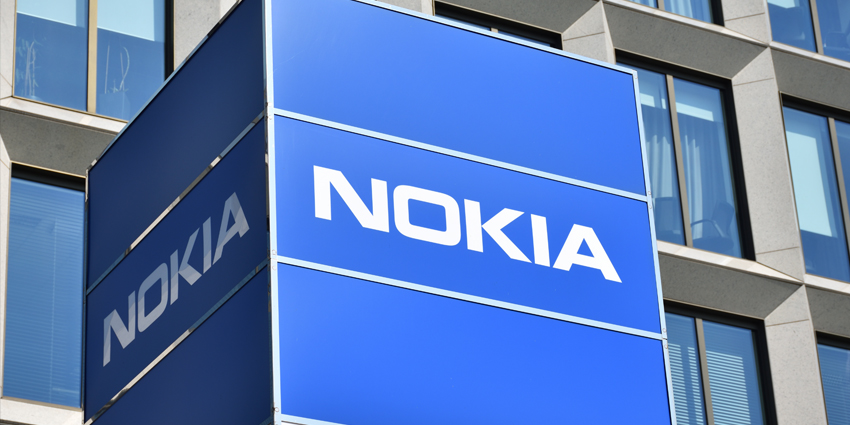Compared to better-known concepts like VR and AR, Mixed Reality is an area that’s frequently overlooked. Mixed Reality or MR combines elements of virtual and augmented reality with the physical world, allowing users a more immersive experience overall.
Currently, there’s still only a handful of Mixed Reality technology options out there, including well-known solutions like Microsoft HoloLens. However, as the marketplace continues to evolve and new development platforms emerge, MR is beginning to gain more attention.
If you’ve been planning an investment in the Mixed Reality market, the following statistics could give you the boost in confidence you need.
Building a Business Case for Mixed Reality
Mixed Reality is perhaps the part of the XR environment currently experiencing the least media attention. Because it relies in a variety of advanced features and tools to deliver immersive experiences, mixed reality isn’t as accessible to consumers as VR or AR yet.
However, there are a lot of potential benefits to bringing MR into the mainstream. For companies creating new products in the automobile and engineering industry, for instance, MR is extremely valuable. Mixed Reality environments would provide employees with a safe area where they can customize and alter MR creations, with minimal waste.
Many leading companies are already beginning to experiment with MR to create new versions of cars and machinery without the need for excessive investment in materials and resources. As the pandemic continues to have an impact on the way we live and work, MR also promises a powerful way of bringing people together for meaningful creative experiences, without hygienic risks.
Today, companies are actively investing more time and money into MR platforms, devices, and software ecosystems. Soon, we’re sure to see a rapid increase in the potential of the space.
Top Facts You Need to Know about Mixed Reality
Mixed Reality is still new enough that extensive research into the potential of the technology is limited. Frequently, studies of extended reality solutions combine discussions of MR with overviews of the AR environment. Some people still see MR as an “enhanced” version of Augmented Reality, with more control and agency for the user.
Here are some quick facts you should know if you’re interested in the growing MR environment.
- By the end of 2021, experts predict that there will be more than 11 million units of AR/VR devices shipping around the world. The number of headsets shipping in 2025 could reach 43.5 million. This will include headsets for mixed reality. Source: Statista
- Forecasts indicate that by 2024%, around 67% of the smart glasses and smart wearable apps for MR technology will be designed for gaming or multimedia. Another 40% of apps will be for social media. Source: Juniper Research.
- The biggest concerns that most companies usually have about immersive media are around consumer privacy and data security (61%), followed by product liability (49%), and health and safety issues (41%). Source: Perkins Coie.
- There’s still minimal investment happening in the AR and MR environment from retailers. Companies who get involved with MR now could therefore have an opportunity to get ahead of the competition. Source: Mobile Marketer
- For most companies, the biggest point holding them back from investing in Mixed Reality is the cost of headsets and hardware. Source: Modor Intelligence
- Around 75% of mixed reality apps are set to be delivered by smartphone. Going forward, the number of MR headsets is likely to increase. Source: Juniper Research.
- Investment in AR, and the extended MR market is growing. IDC found that the spending increased by 78.5% between 2019 and 2020. Up to 2023, the VR/AR market is set to see a CAGR of anywhere up to 77%. Source: IDC
- The market for MR was valued at only $553.27 million in 2020, representing a lower growth rate than AR and VR. However, the space should reach a value of around $5811.09 by 2026, with a CAGR of 47.8%. Source: Modor Intelligence
- 39% of tech leaders believe that augmented reality and MR will be as ubiquitous as mobile by the time we reach 2025. The growing adoption of MR will make it a more mainstream technology in the years to come. Source: Perkins Coie.
- Companies believe that the creation of products and MR subscriptions will be the best source of income in the space (61%). Some people also see monetization options in charges for in-app purchase (51%) and product placement (47%). Source: Perkins Coie.
Top Statistics to Support your Business Use Case
Right now, Mixed Reality might seem like a distant dream for some companies. However, the availability of this immersive technology is increasing all the time. As Microsoft unveils solutions like Microsoft Mesh, and MR headsets become more affordable, the future of MR could be incredible.
- Experts say that there should be around 3.5 billion mobile augmented reality users in the world by 2022 – that’s around 44% of the world’s population. A large portion of this market is likely to be engaged by MR too. Source: Digi-Capital.
- 7 out of 10 people say that the biggest opportunities for all extended reality technology, including MR, will be in the training and development of the workforce. Source: Perkins Coie.
- The total global market for mixed and augmented reality should reach a value of around $103.9 billion by 2026. This represents a growth rate of around 79.2% CAGR. The software segment alone will grow at around 89.2%. Source: Global Newswire
- Some researchers in the MR space believe that slower adoption of this technology could have something to do with the higher percentage of people over the age of 65 in the US, Canada, and other major adoption areas. Source: Allied Research
- Immersive technologies are set to have the highest impact on healthcare (38%), followed by education (28%), workforce training (24%), manufacturing (21%) and automotive (19%). Source: Perkins Coie.
- MR and AR experiences increase the confidence customers have about the companies they buy from. Around 71% of consumers say they would shop more if they could use AR and MR tools for the experience. Source Think Mobiles.







